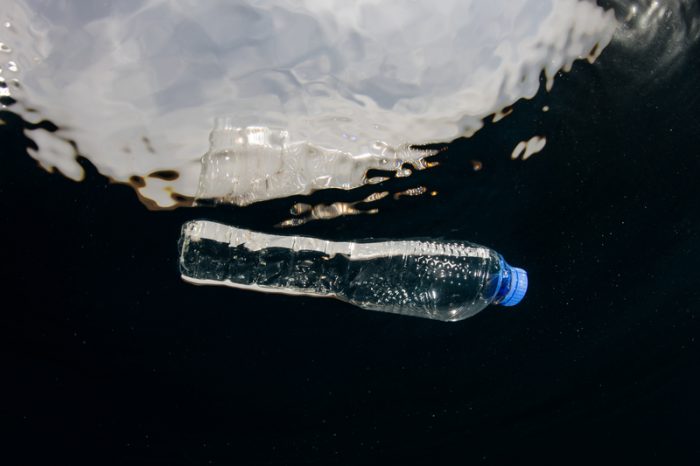This past Saturday, a 600-metre (2,000-foot) long object was towed from San Francisco Bay into the Pacific Ocean. Its purpose? To begin cleaning up the most infamous collection of waste in the world: the Great Pacific Garbage Patch.
The System 001 is nicknamed 'Wilson' after the Tom Hanks' volleyball friend in the movie Castaway. (Getty Embed)
This is The Ocean Cleanup System 001—a floating device designed to use natural forces and cunning engineering to fight the threat of marine trash. Its inventor is a 24 year-old named Boyan Slat.
The Ocean Cleanup CEO, Boyan Slat, speaks about the launch. (Getty Embed)
He was driven to environmental causes at age 16, after he was scuba diving in Greece and encountered more plastic bags than fish. He would go on to found The Ocean Cleanup, an organization that is dedicated to exactly what it sounds like: addressing the mess in our open seas.
Can this wild idea really work?
A floating coastline
Will garbage collect on the Ocean Cleanup System the way it does on this beach? (Getty Embed)
Let's begin with the device itself. The idea came from Boyan observing how a natural coastline collects plastic waste that washes up on its shore. What if, he thought, we brought a coastline to the garbage patch?
This is essentially what The Ocean Cleanup System 001 is meant to be: A floating coastline. It is a giant plastic boom with a 3-metre (10-foot) deep net hanging underneath it. It is designed to trap and capture plastic that is floating in the ocean.
Though it is equipped with solar powered lights, cameras, and other tracking devices, it does not have any motors. Instead, it is a passive system—it is propelled solely by wind, waves, and currents. These natural forces push it into a "U" shape, helping to capture the trash in the water. Once cameras see that enough trash has been collected, a ship picks up this load and System 001 continues collecting garbage.
Let this video show you more on how it works.
Only one way to find out
The system is made up of dozens of connected tubes like this one. (Getty Embed)
Of course, that video details how this project is supposed to work. Many ocean experts are skeptical.
For one, System 001 could be a hazard to ships. Its net could also accidentally trap the fish that it is meant to help. It could be ripped apart by the intense punishing waves of the open ocean. And what's more, a giant floating object can easily become a home itself to barnacles, algae, and other marine life—these things could then weigh it down, and sink it.
The Ocean Cleanup, however, claims that it has designed System 001 will all of this in mind. It is built to survive for 20 years in the water. And having raised $35 million already, they aim to eventually have 60 of them in the water.
Whether it works as planned or not, there's one thing that both Boyan's team and the skeptics agree on: there's only so much a project like The Ocean Cleanup can do—meaning, we have to stop the amount of plastic being tossed into the ocean each year. Let's all do our part to clean up!
 Plastic in the ocean is a worldwide problem. Can The Ocean Cleanup's new invention be part of the solution? (© Ethan Daniels - Dreamstime.com)
Plastic in the ocean is a worldwide problem. Can The Ocean Cleanup's new invention be part of the solution? (© Ethan Daniels - Dreamstime.com)










We learned about garbage and trash. We clean up the trash. We Save the Fish. use a water bottle.